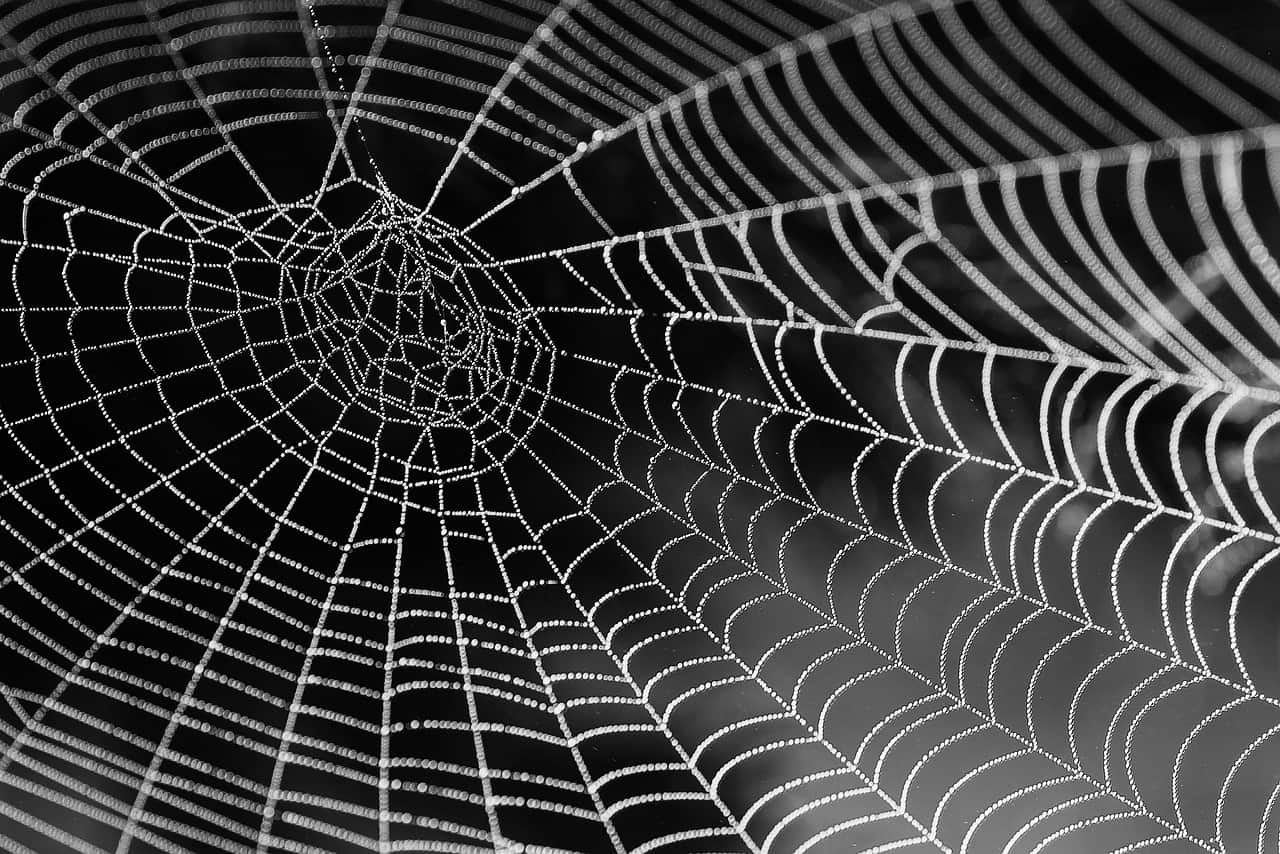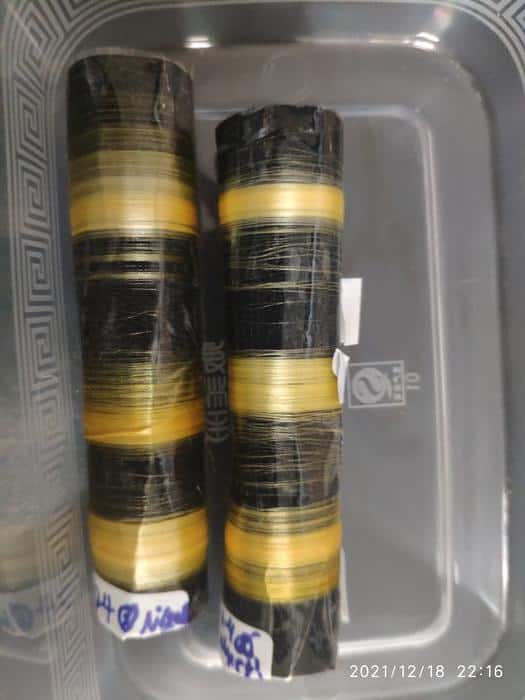
In the future, your clothing may not only be stylish but also environmentally friendly and more resilient than the most robust materials we know. Someday, we might all be wearing spider silk.
You heard that right. Thanks to a recent breakthrough in China, spider silk, famed for its incredible strength, can now be produced by an unlikely agent: the silkworm.
With these new developments, we may be on the cusp of a fiber revolution.
The potential applications stretch beyond just clothing. Think surgical sutures, addressing a global demand of over 300 million procedures each year, or innovative bulletproof vests and smart materials. The possibilities are vast.
The promise and challenges of spider silk
For years, scientists have recognized the potential of spider silk. Stronger than Kevlar, the material used in bulletproof vests, spider silk could revolutionize various industries.
There’s an added bonus: spider silk could also help reduce the environmental impact of synthetic fibers. These man-made materials release damaging microplastics and are born from fossil fuels, leading to more greenhouse gas emissions.
Yet, despite its allure, the journey to harness its potential has been a web of complexities and challenges.
Picture this: an industrial farm, not of cows or chickens, but of spiders. It sounds like something out of a nightmare. Luckily, something like this would never be feasible.
Unlike the peaceful coexistence of silkworms, spiders are solitary by nature and have a notorious cannibalistic streak. This behavioral trait has thwarted attempts to farm these arachnids en masse, rendering direct harvesting almost a dream.
But scientists, in their ingenuity, were not easily defeated. They turned to cutting-edge genetic engineering, transforming organisms such as bacteria, yeast, and silkworms into veritable silk factories. Or at least they’ve tried.
Mimicking this extraordinary fabric of nature is no easy feat. Achieving the intricate balance of strength and elasticity found in natural spider silk remains a daunting task.
Scaling this endeavor adds another layer of intricacy. Producing a few strands of silk in a lab is one thing, but translating that to an industrial scale presents a monumental challenge.
Silkworms: a natural silk factory

One of the biggest challenges of industrial spider silk manufacturing lies in recreating the unique protective “skin layer” that spiders apply to their webs. This layer, made up of glycoproteins and lipids, allows the silk to withstand the ravages of nature, from humidity to the harsh sun. Past attempts to recreate this natural wonder synthetically have fallen short — until now.
“Spider silk stands as a strategic resource in urgent need of exploration,” asserts Junpeng Mi, a Ph.D. student at the College of Biological Science and Medical Engineering at Donghua University and lead author of the study.
Here’s where the silkworms come into play. Genetically modified by Mi and his team, these tiny creatures can now reportedly produce viable spider silk.
How? By introducing spider silk protein genes into silkworm DNA, allowing these proteins to be expressed in their glands. The researchers essentially used CRISPR-Cas9 gene-editing technique to give the silkworms a new blueprint to follow. But the journey wasn’t without its obstacles.
“One of the most significant challenges,” Mi recalls, was the hundreds of thousands of microinjections into silkworm eggs. But the results were spectacular. Under a fluorescence microscope, the silkworms’ eyes gleamed red, signaling a successful gene edit.
“I danced and practically ran to share this result. The excitement kept me awake,” A jubilant Mi recalls.
The breakthrough doesn’t just stop here. Mi envisions a future where spider silk fibers are crafted from both natural and engineered amino acids.
The introduction of over one hundred engineered amino acids holds boundless potential for engineered spider silk fibers,” he declares.
The findings appeared in the journal Matter.






